We’re taking it to the poles, folks! Yes, the polar regions are cold, but some wildlife thrives in the frigid environment. Of course, you’ve probably seen a polar bear or an emperor penguin, but have you taken a look at a bristle worm before? How about a macaroni penguin? There are still so many fascinating creatures to discover and we decided to take a deeper look.
The cold oceans produce some rather bizarre creatures that you’d think wouldn’t be inhabitable. This makes the stuff that lives there rather odd. From birds who feed in the waters to all sorts of things that crawl out, the polar regions offered up a great variety of species for us to share with you. Here are 25 weird creatures you’ll find in the polar regions that you probably didn’t know about. We hope you enjoy! Heads up, the first one is a bit creepy.
Bristle Worm
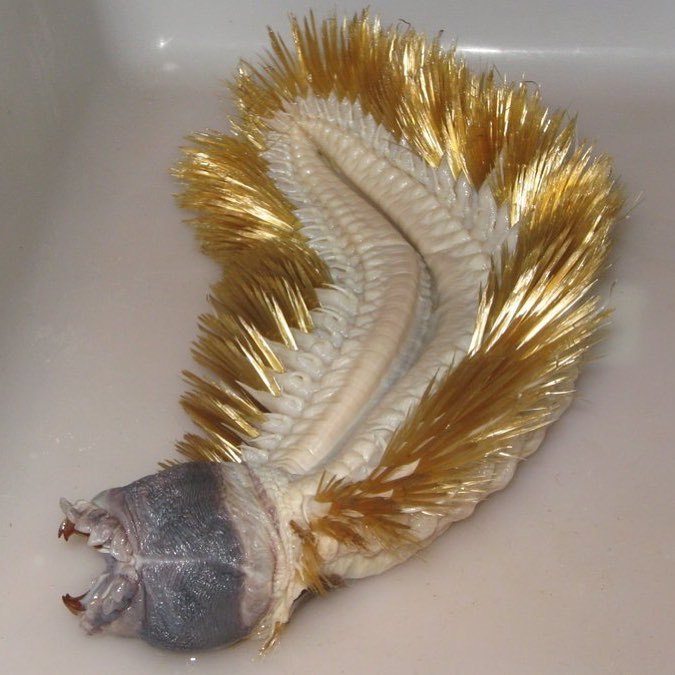
Say “hello” to your new nightmare. This bristle worm looks like a scrubber from hell. The bristle-like appendages help this scale worm crawl across the ocean floor. This terrifying creature is only known to live in the waters near Antarctica, but scientists discovered it can live in warmer water temperatures as well.
Blue Eyed Shag
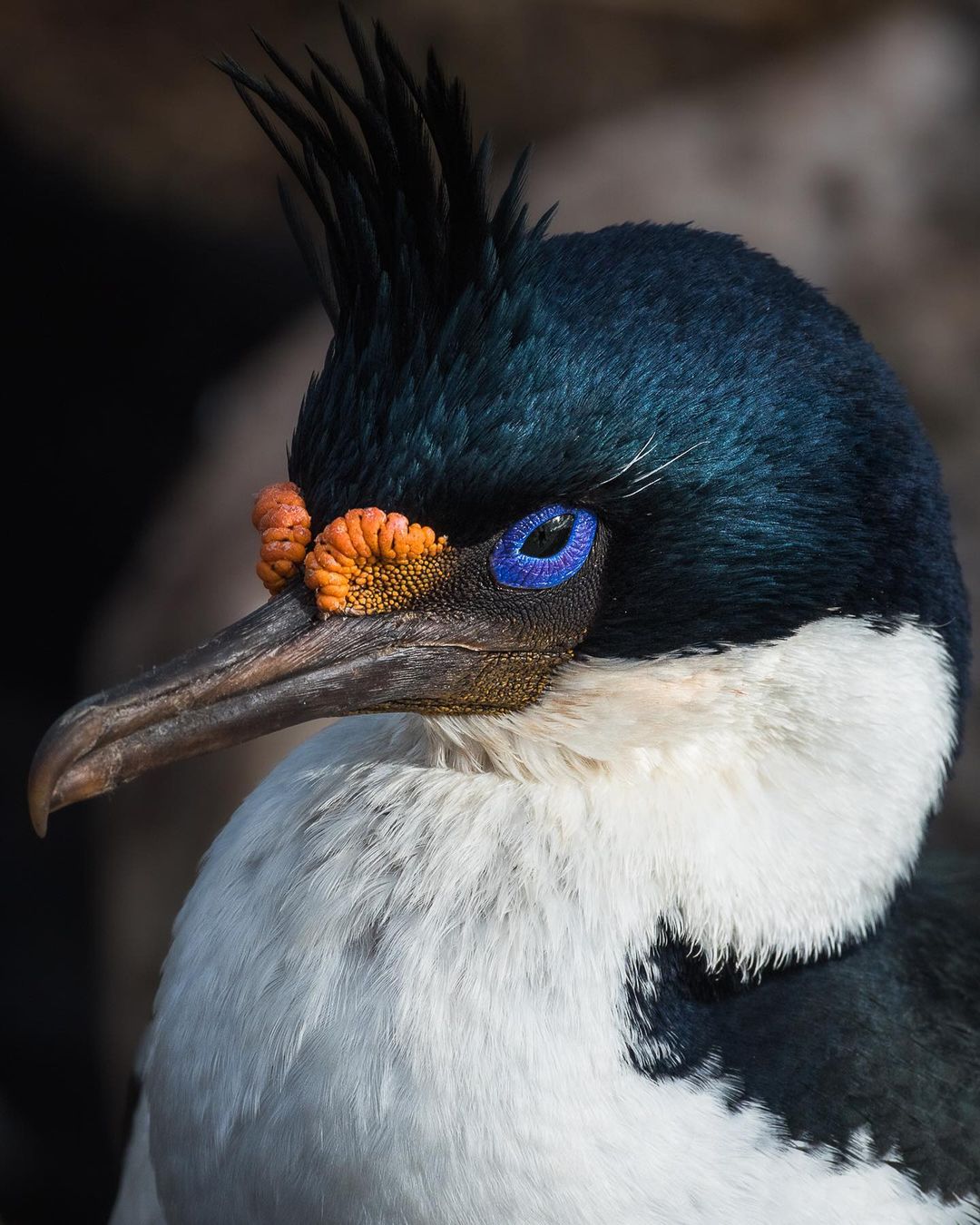
Check out these baby blues! The bird is the only cormorant species that inhabits the Antarctic. Between the blue eye rings, orange caruncles, and feather crest, the blue-eyed shag is one stately-looking bird. Stay warm, little cutie!
Crocodile Icefish
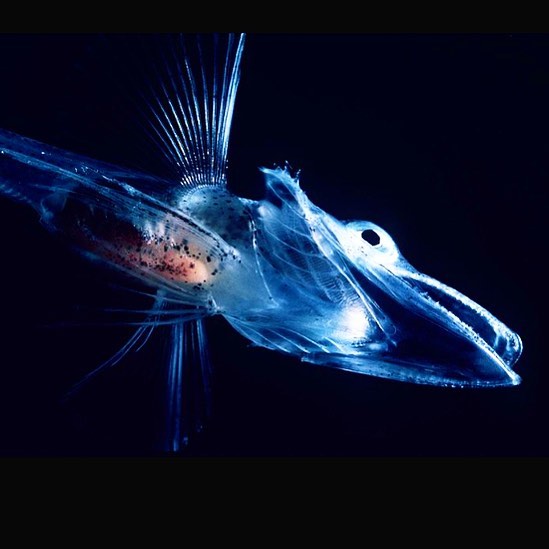
The crocodile icefish lives deep in the Antarctic Ocean. Temperatures there are just above freezing so it needs some clever adaptations to be able to survive in the chilly waters. It doesn’t need hemoglobin as Antarctic waters have so much oxygen that they aren’t even needed, so its blood is clear.
Arctic Fox
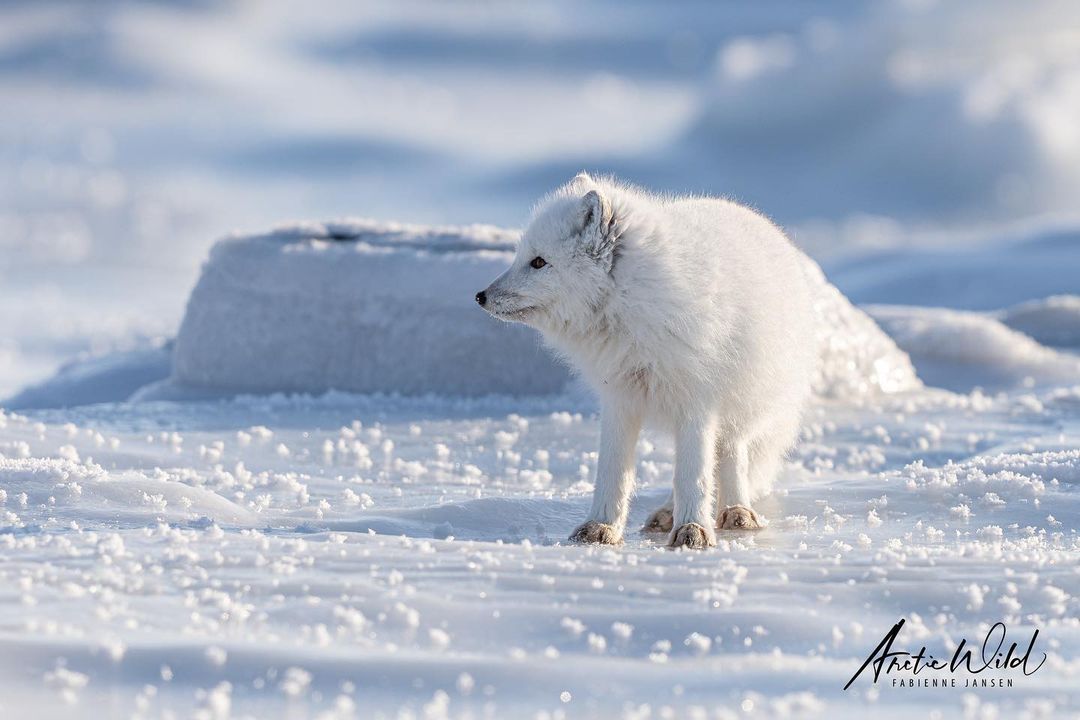
Check out this little snow angel. The Arctic fox, also known as the white fox, polar fox, or snow fox, is a small fox native to the Arctic regions of the Northern Hemisphere and common throughout the Arctic tundra. It has adapted to living in cold environments and is famous for its thick, warm fur that is also used as camouflage.
Snailfish
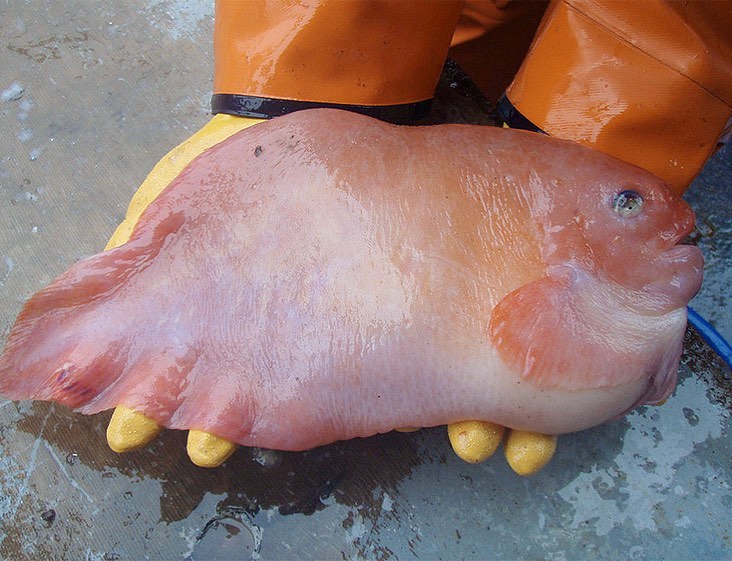
Move over blobfish, it’s time for the snailfish’s time in the spotlight. Snailfish are named for their loose, jelly skin that takes the place of scales. At the bottom of their tadpole-shaped bodies are large suckers, which are used to attach themselves to rocks or other objects on the ocean floor. 20 species make their home in Arctic waters.
Southern Rockhopper
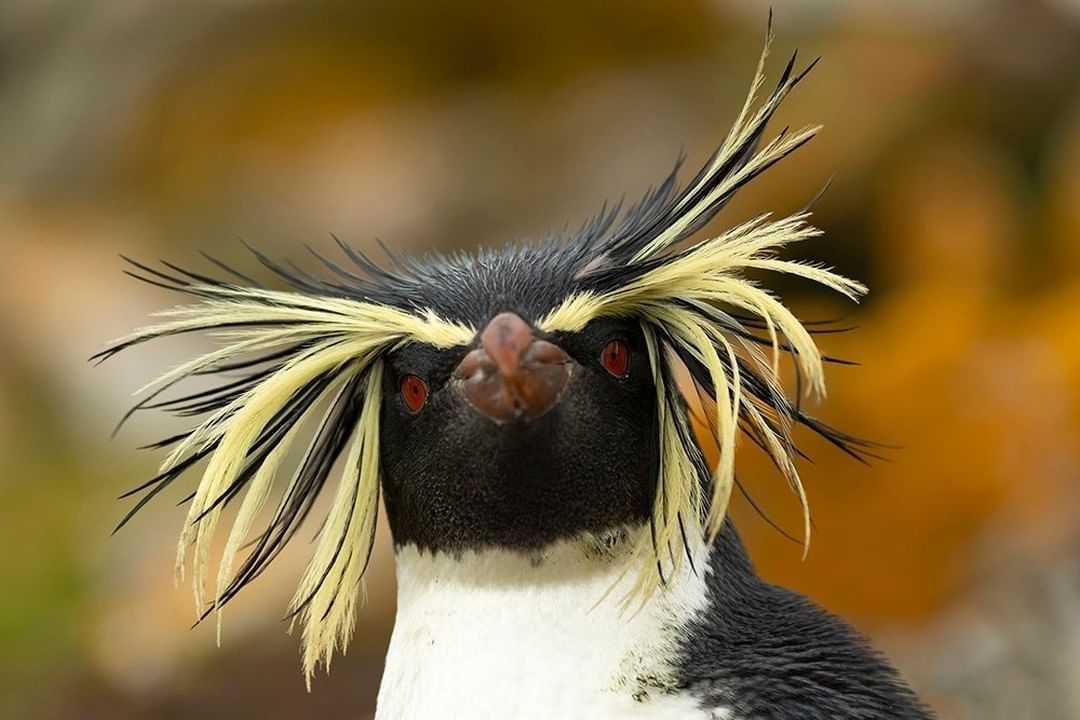
Woke up like this! Rockhopper penguins are considered one of the most aggressive penguin species. They are incredibly irritable and will attack anything that bothers them. If this bird looks grumpy to you, it’s because it is. Is this the world’s most relatable bird?
Colossal Squid

Although the Colossal Squid shares many features to that of other squids, they are special in that they have sharp hooks on its arms and tentacles. They are a major prey animal for Sperm Whales and they might be the reason that many Sperm Whales possess an array of scars across their backs. Colossal Squids also have the largest eyes in the animal kingdom. They can weigh 1500 pounds and stretch 33 feet in length. Nope!
Ice Worm
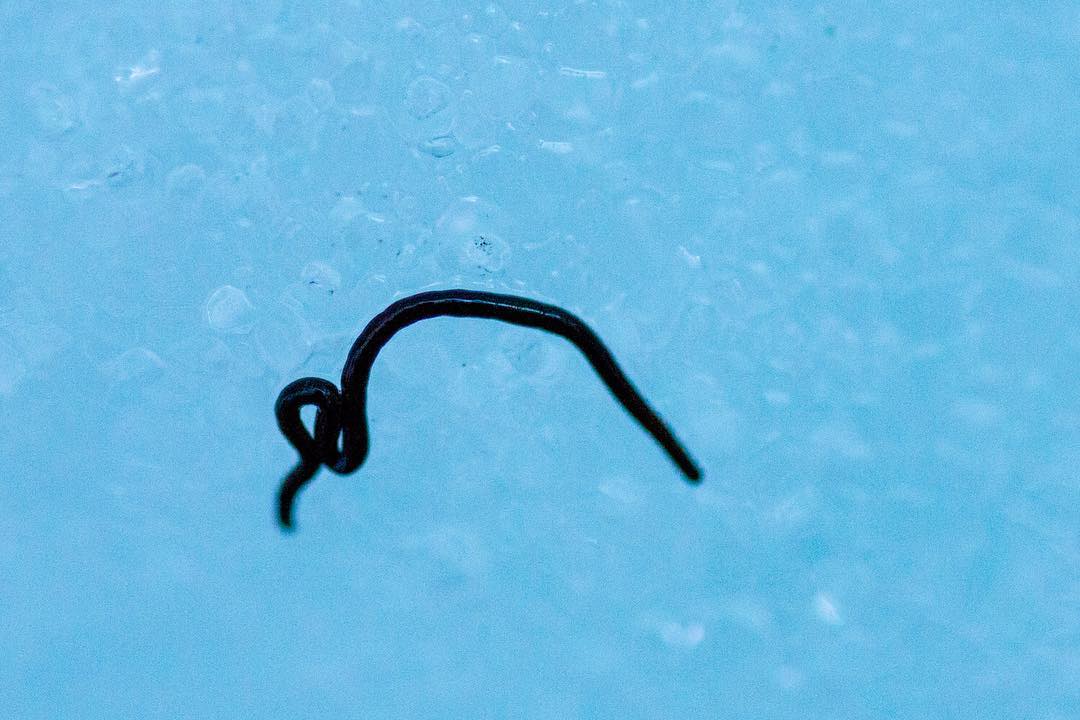
Did you know worms can survive in ice? They are related to leeches and earthworms, and these disturbing crawlers are well adapted to life in the cold. They are able to regulate their body temperature so their insides don’t freeze. They burrow deep into the surfaces of glaciers and tend to hide there during the day since they run the risk of dying in warmer temperatures. Microscopic bristles help them travel across ice without slipping.
Grolar Bear
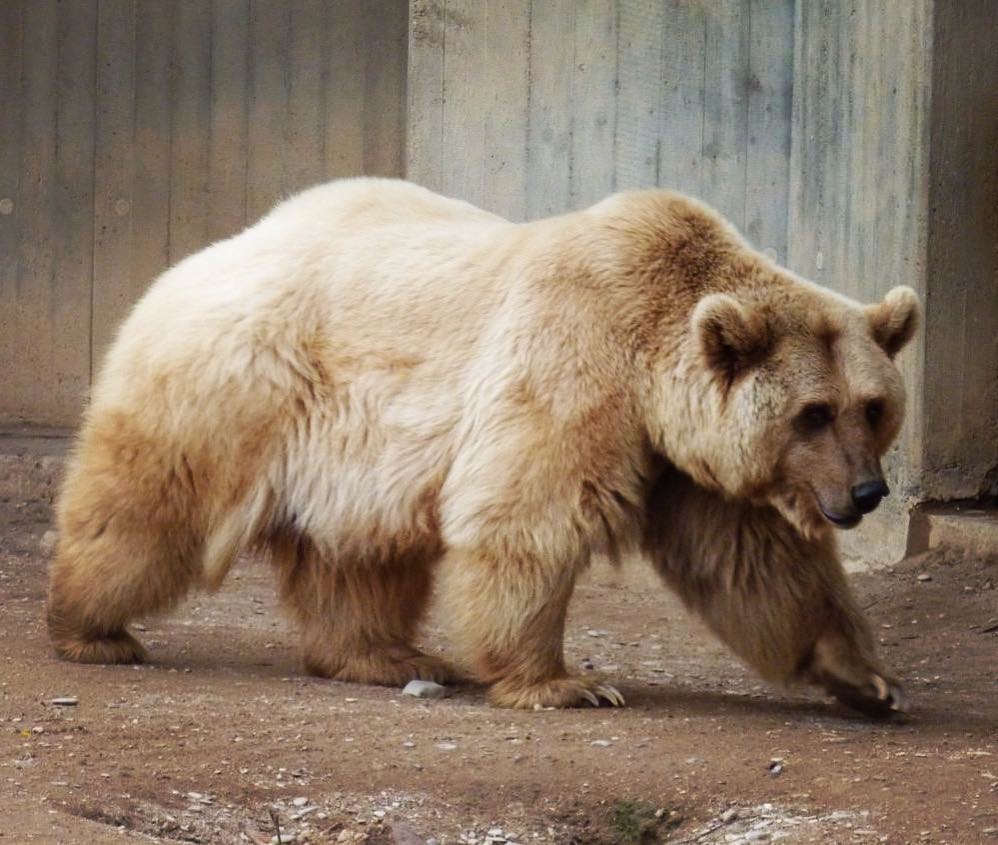
Sure, you know about the polar bear but did you know they breed with grizzly bears and produce grolar bears? With climate change, grizzly bears are moving further north, so there is more overlap between grizzly bears and polar bears in terms of their habitat. Pretty wild!
Tardigrade
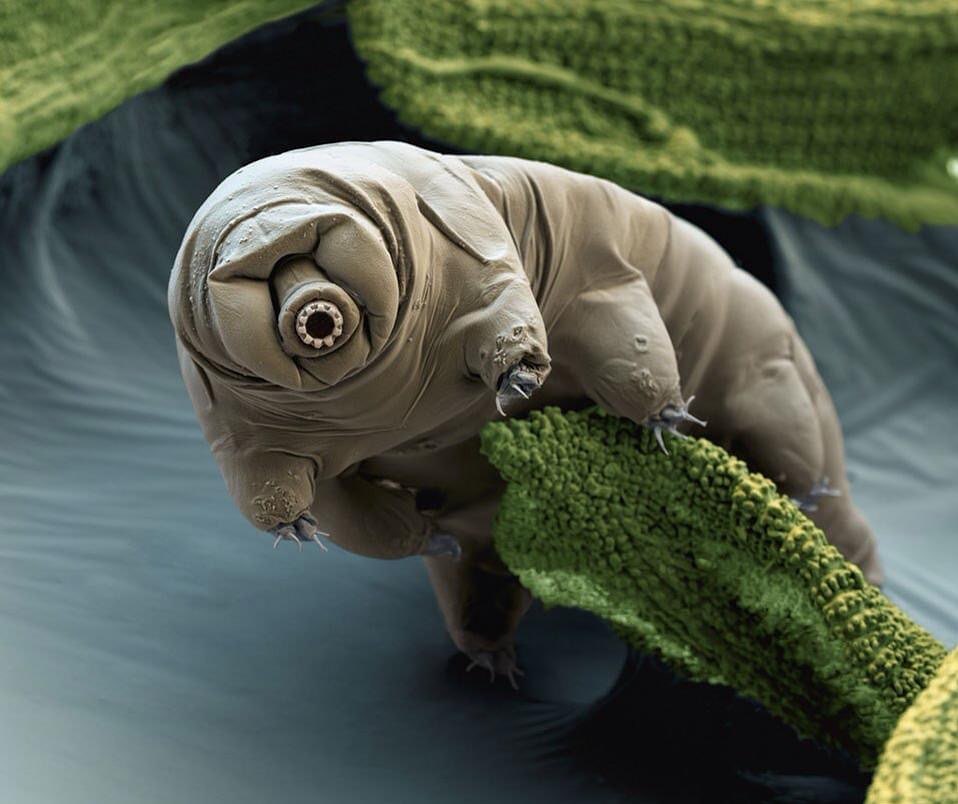
Tardigrades are one of the most unique organisms found in Antarctica. They are also known as “water bears” for their plump bodies and clawed limbs and are considered to be one of the smallest creatures found on Earth. But anything that can survive in Antarctica shouldn’t be judged by its size! In addition to being one of the smallest animals on the planet, they are also one of the oldest.
Sea Spider
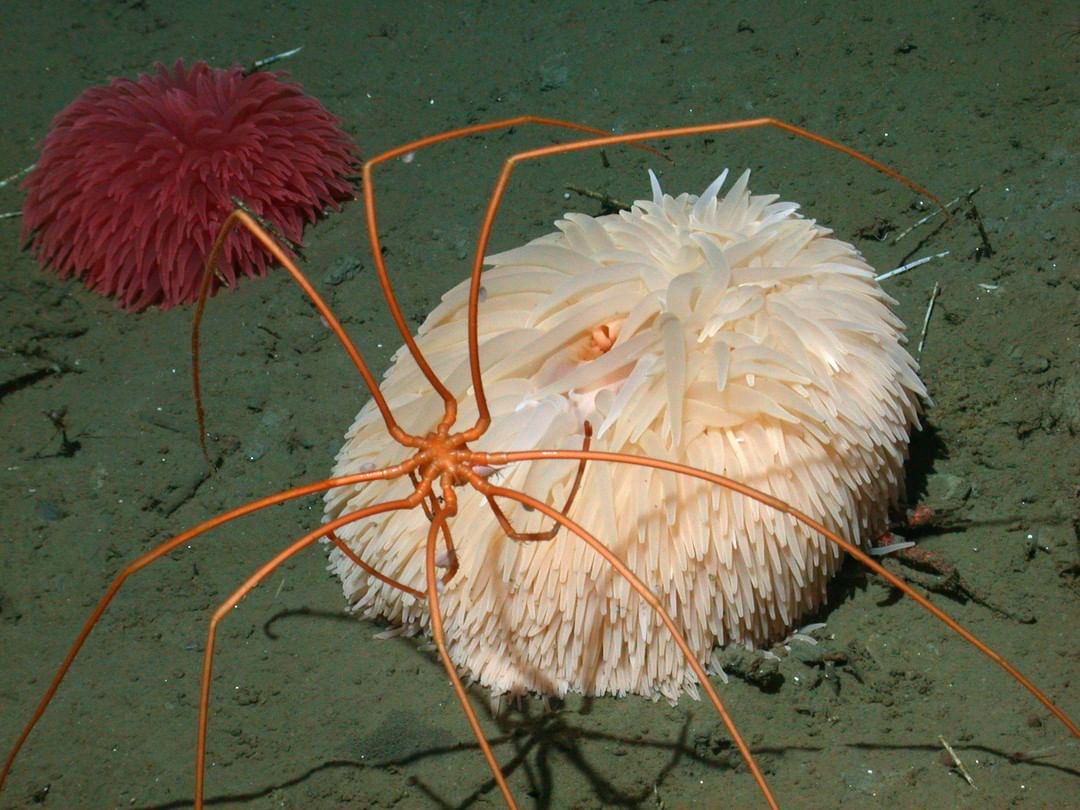
Will we ever escape spiders? Is no place safe from their terror? Sea spiders aren’t actually spiders and can only be found at the bottom of the ocean. These arthropods can grow to crazy sizes in locations around the Earth’s poles (yay…) some have a leg span of up to 10 inches. And, unlike actual spiders, these creatures can have more than 8 legs and up to 12.
Lion’s Mane Jellyfish

The lion’s mane jellyfish is the largest species; specimens as large as 8 feet wide and 120 feet long have been found. It’s also possible for them to have up to 1,200 tentacles, making their size seem that much greater. These giant jellies like to hang out near the surface of the ocean in the Arctic and have been known to travel in groups.
Walrus

Walruses are definitely unusual looking Arctic creatures, but they have some strange habits and abilities that make them even absurder than they look. Their trademark tusks are actually teeth, which can grow up to three feet long and can be found on both males and females. Since their bodies are so enormous, walruses use their tusks to dig into the ice as leverage to haul themselves out of the water.
Greenland Shark
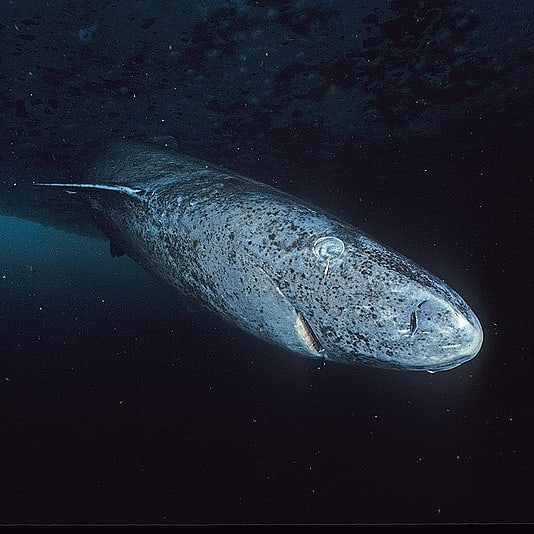
Bowhead whales were considered Earth’s longest-living vertebrate animal, with some living over 200 years old. Then, a Greenland shark suddenly became the new record holder as scientists estimated one shark’s age at around 400 years. They’re also some of the world’s biggest carnivores and among the most successful predators in Arctic waters.
Southern Giant Petrel

The southern giant petrel, also known as the Antarctic giant petrel, giant fulmar, stinker (really?), and stinkpot (what!?), is one of the largest seabirds of the southern oceans. This odd-looking feathered friend can weigh nearly 10 pounds and they can have a wingspan of 6-7 feet.
Hairy Chested Hoff Crab
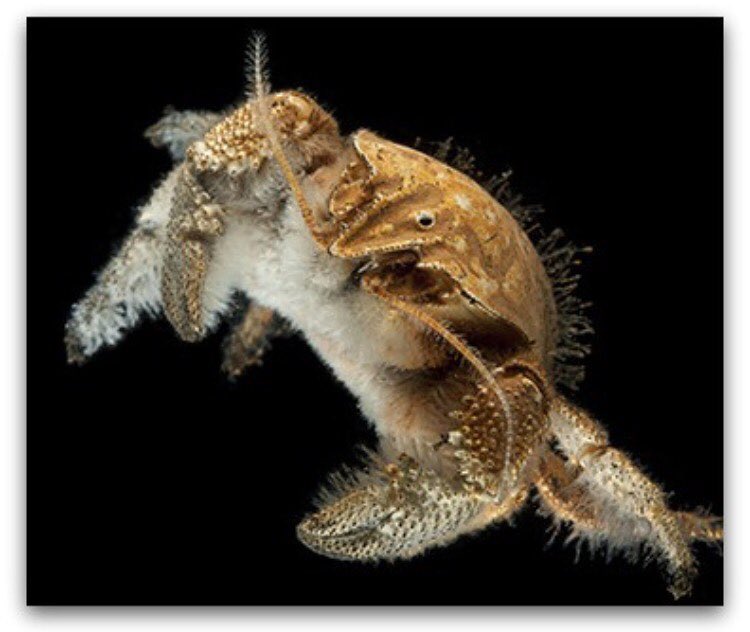
If you were wondering if any creatures were named for David Hasselhoff, this crab is so named because of his furry chest. Yes, this is a real thing. This novel-looking creature was found at a depth of 2,000 meters in Antarctic waters, a spot that is remarkably cold. To keep warm, the crabs will find vents to gather near to, ever-careful not to boil themselves. Mmmm!
Springtail
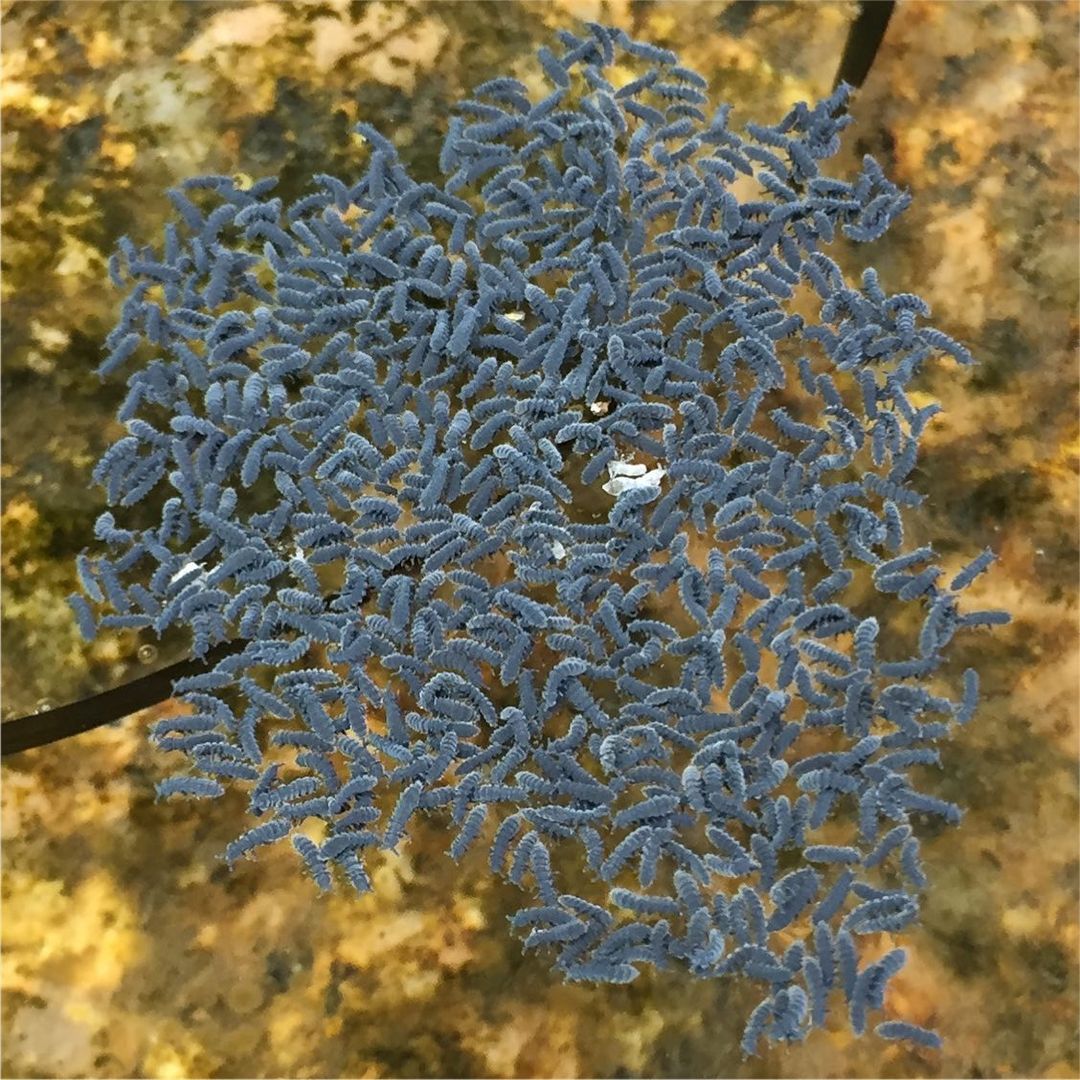
Since seals and penguins are only visitors to (they’re not full-time residents) Antarctica, the continent’s largest creature is an arthropod that lives there all year round. They are insect-like organisms proving there really is nowhere safe from creepy. A coating of fine hairs allows them to be hydrophobic so they can forage without the risk of drowning.
Antarctic Krill
The Antarctic krill is an extremely common, pelagic crustacean native to the waters surrounding Antarctica and is one of the most important prey species near the bottom of Southern Ocean food webs. It is one of the building blocks of sealife nourishing many other creatures. Without this species, Southern Ocean food webs would completely collapse.
Macaroni Penguin
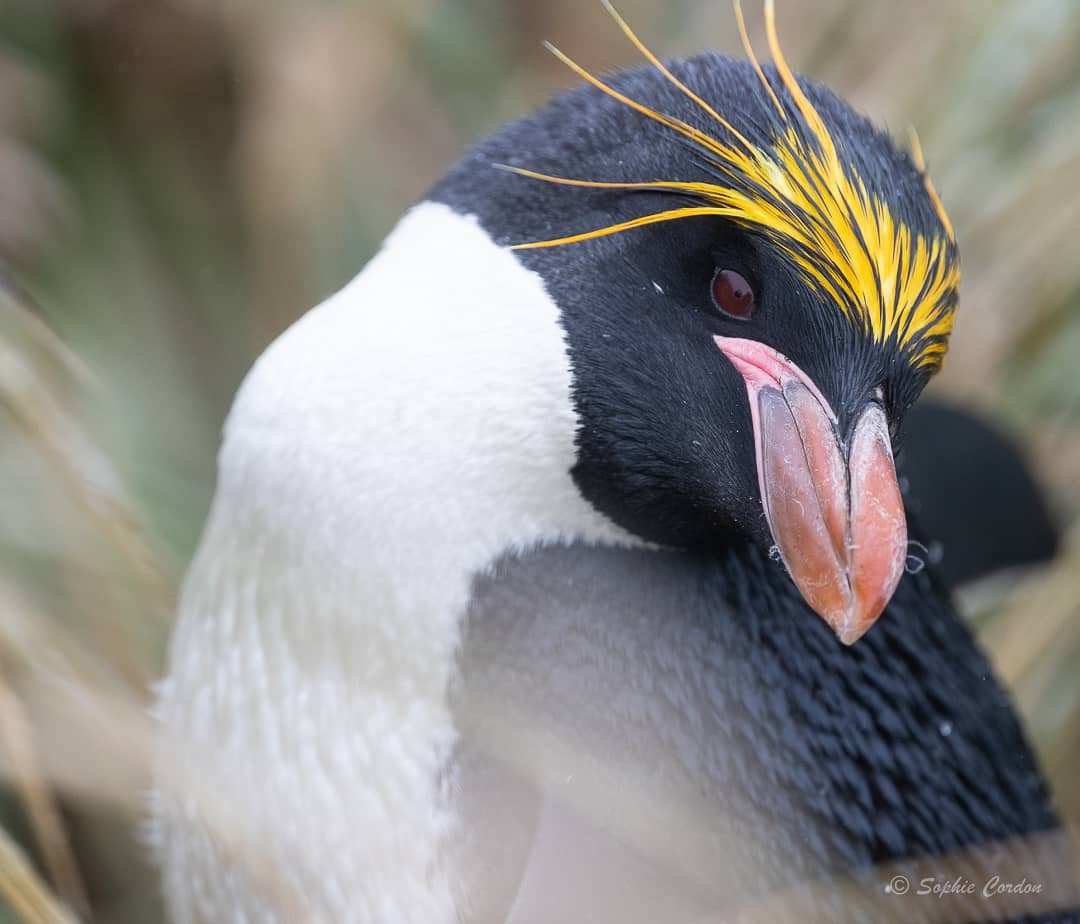
Maccaronism was a term for a particular flamboyant style in 18th-century England marked by excessive ornamentation. A person who adopted this fashion was labeled a “maccaroni” or “macaroni”, as in the song “Yankee Doodle.” Sailors began using it to describe these penguins and their exciting crest. These penguins are closely related to emperor penguins.
Glass Sponge
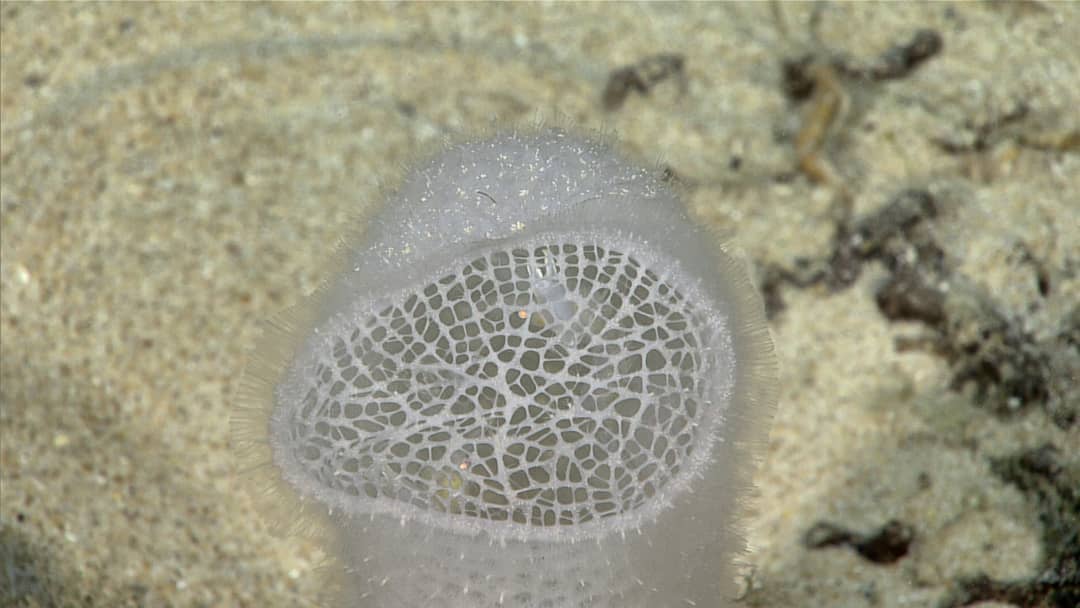
Glass sponges are so-called because their skeletons are made out of silica and come in a range of unusual shapes. These creatures don’t survive anywhere but in the waters of Antarctica. They act as living skyscrapers allowing all sorts of other organisms to live on them. Scientists must take great care because their needle-like parts can get stuck in the skin. They’re like magical ice monsters!
Isopod
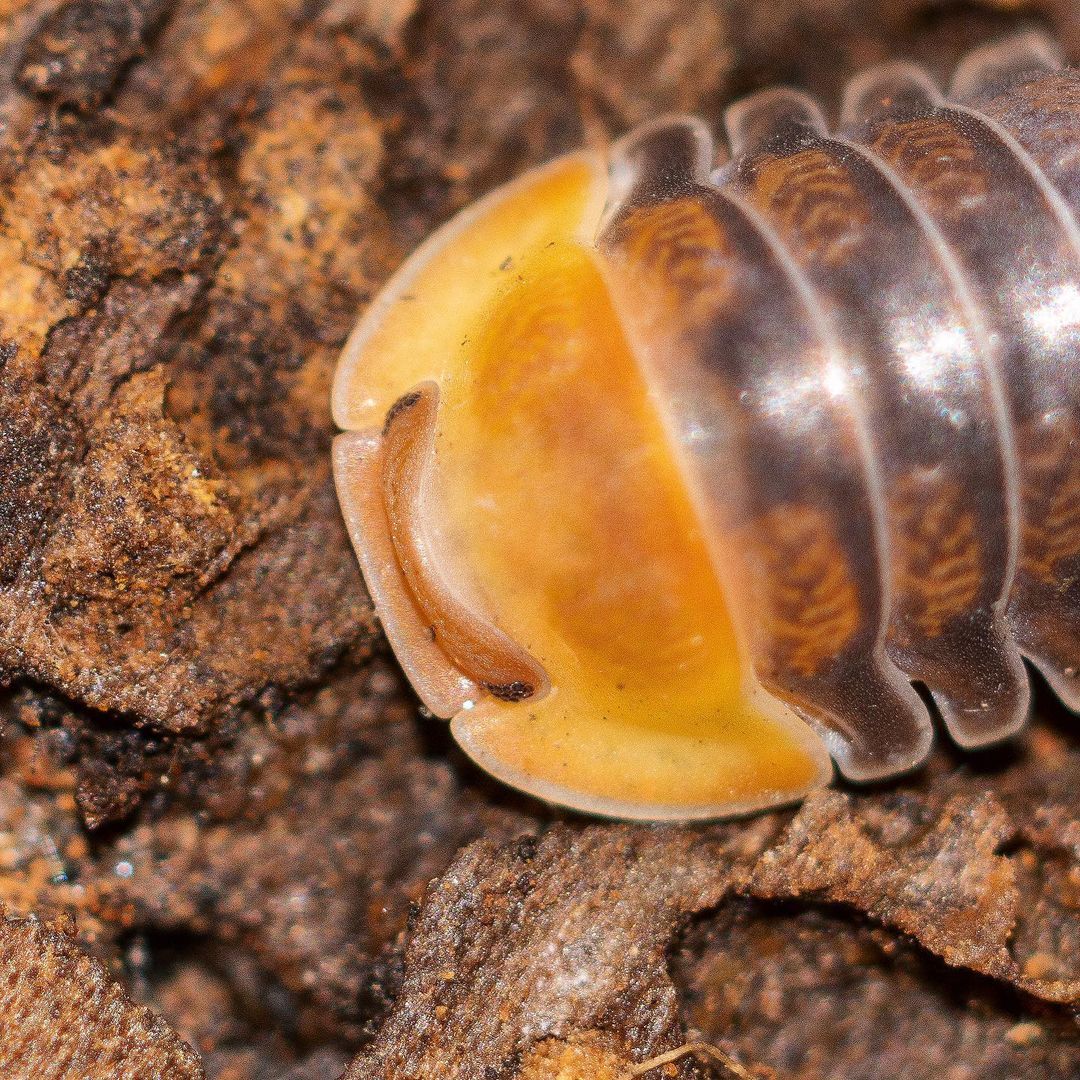
Yes, you’ll find isopods in Antarctica. There you’ll predominately find aquatic species that generally measure about 4 inches long, but some have been discovered of twice that size. Although it looks like a bug, these creatures are more closely related to crabs. No, thank you!
YOU MIGHT ALSO BE INTERESTED IN: 10 Bonkers Australian Animals That Will Make You Say ‘Nope’
Chinstrap Penguin
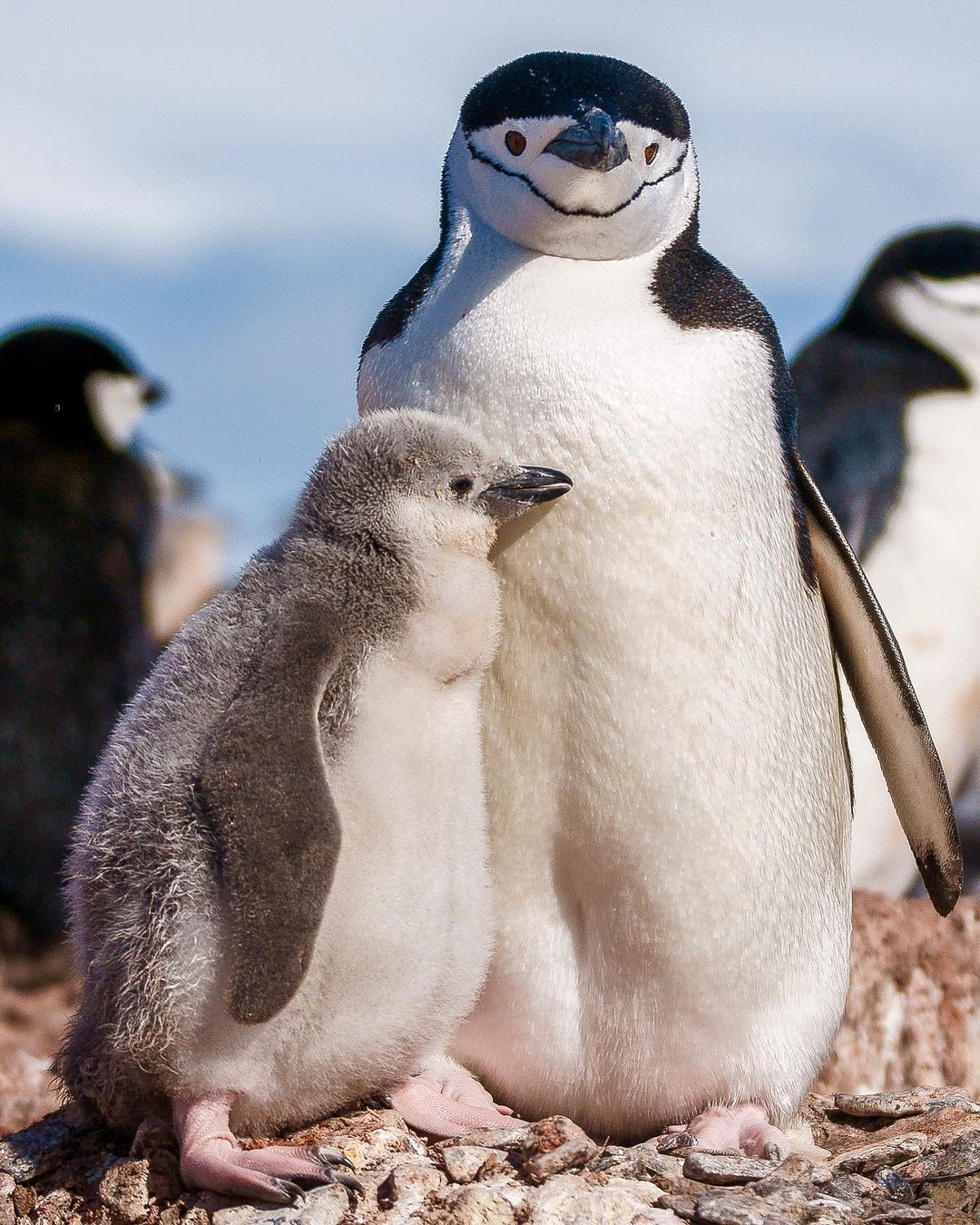
Well, have you ever seen a penguin with a chinstrap before? It looks like it’s wearing a little helmet! The chinstrap penguin is a species of penguin that inhabits a variety of islands and shores in the Southern Pacific and the Antarctic Oceans. They are expert fishers and probably the cutest thing on this list.
Leopard Seal
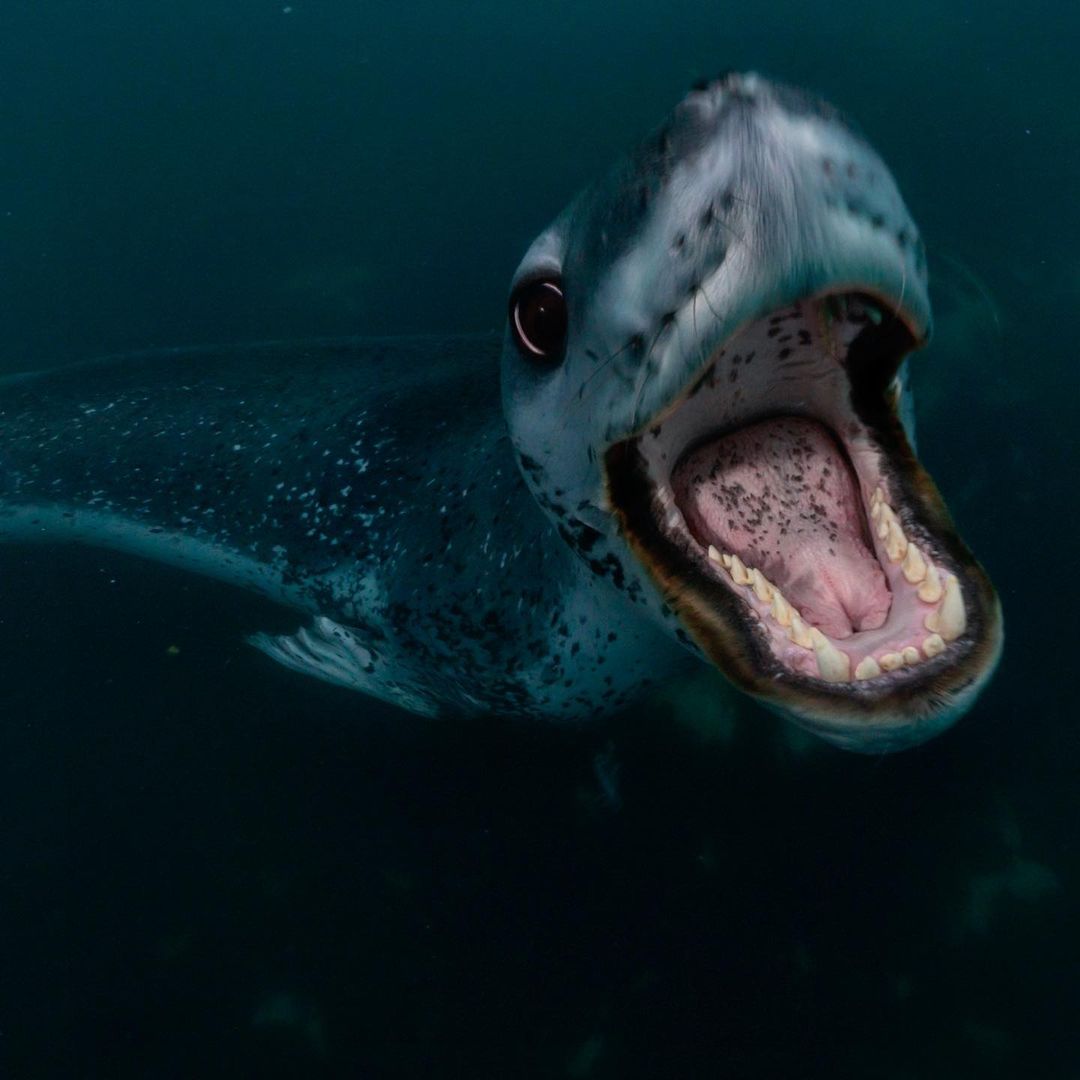
The leopard seal also referred to as the sea leopard, is the second largest species of seal in the Antarctic. Its only natural predator is the killer whale. It feeds on a wide range of prey including cephalopods, other pinnipeds, krill, birds, and fish. They’ve been known to kill humans. The most recent example was a marine biologist who was drowned by one. An average adult weighs nearly 800 pounds.
Bowhead Whale
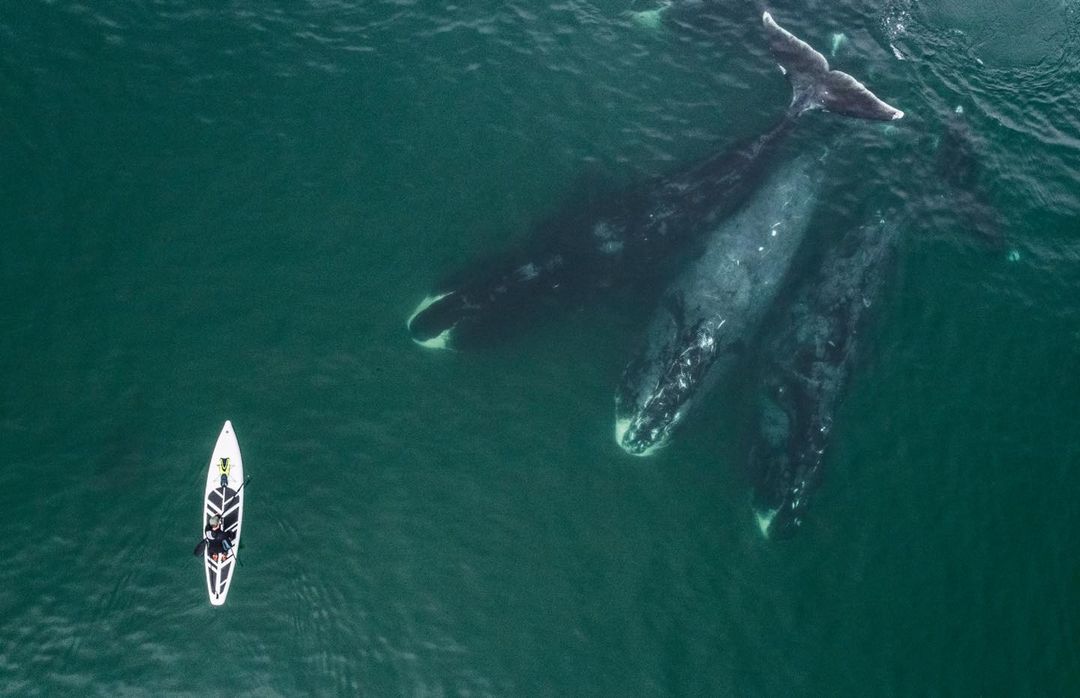
We mentioned the bowhead whale earlier because they can live for so long. We’re talking centuries! It is the only baleen whale endemic to the Arctic and subarctic waters. These whales measure 65 feet in length and weigh 200,000 lbs on average. These are some huge ones!
YOU MIGHT ALSO LIKE: 10 Terrifying and Bizarre Creatures That Will Haunt Your Nightmares
Muskox
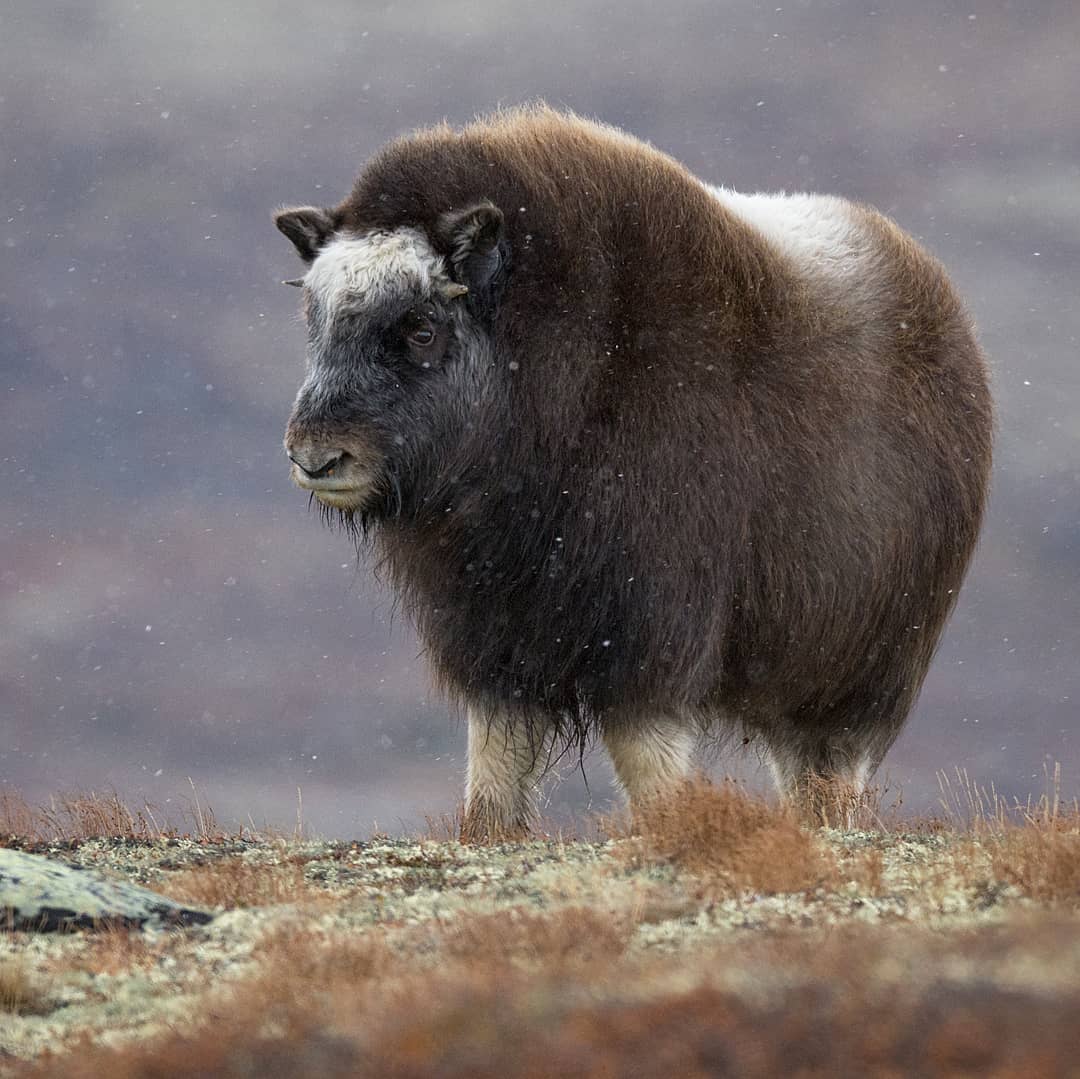
Ah, we’ll leave you with a cute one, the muskox. This is a young one and we’re rather fond of it. The muskox is an Arctic hoofed mammal of the family Bovidae, noted for its thick coat and for the strong odor emitted by males during the seasonal rut, from which its name derives. So, it might look cute, but it smells awful!
There you go! 25 crazy creatures you can find in Antarctica and the Arctic. The polar regions offer such a diverse array of wildlife and we hope this list showed just how varied it is.
Mamas Uncut is THE online place for moms. We cover the latest about motherhood, parenting, and entertainment as well – all with a mom-focused twist. So if you're looking for parenting advice from real parents, we have plenty of it, all for moms from moms, and also experts. Because, at the end of the day, our mission is focused solely on empowering moms and moms-to-be with the knowledge and answers they’re looking for in one safe space.
